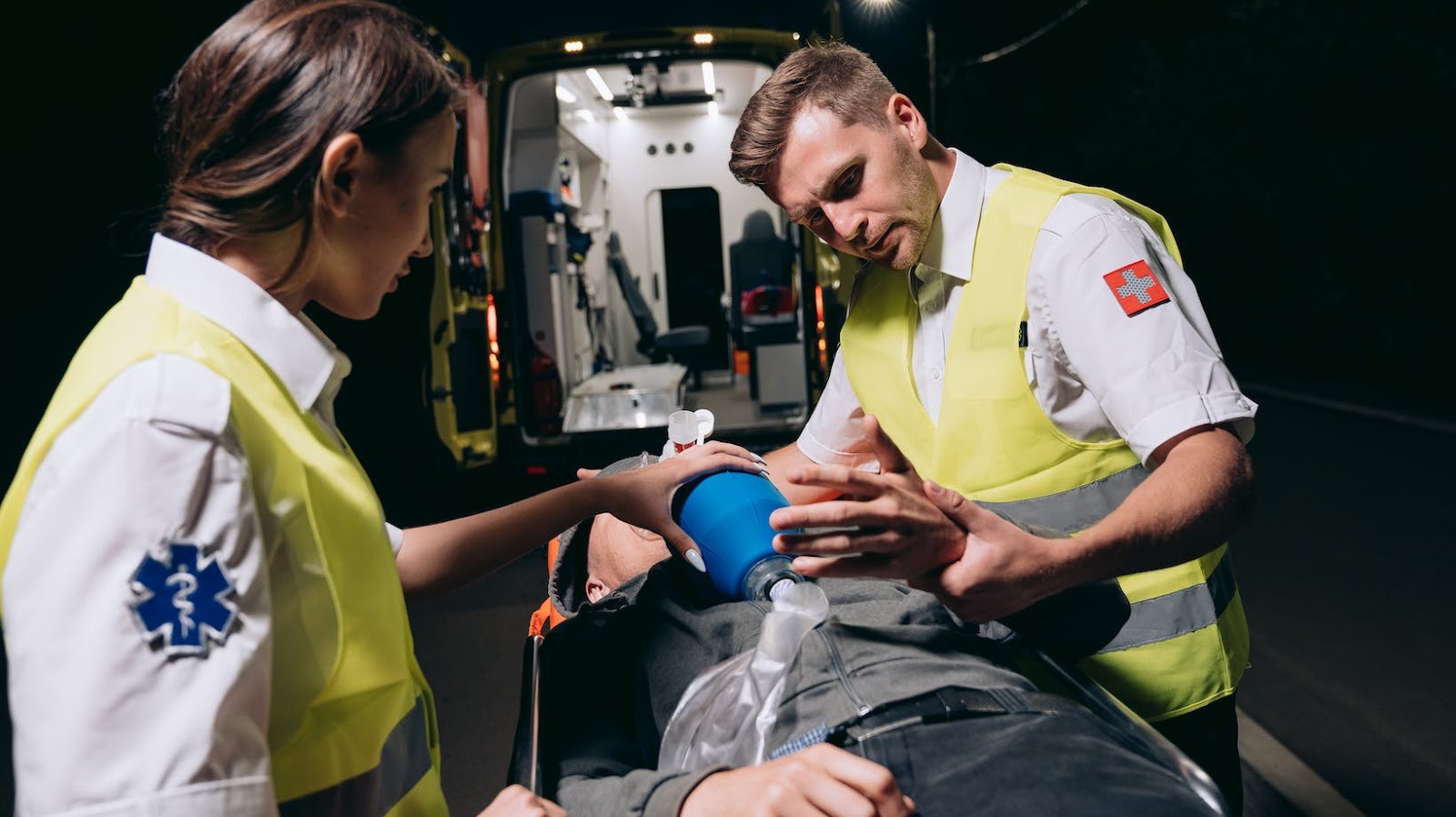Importance of Using a Pocket Mask
When it comes to rescuing someone in a life-threatening situation, we must put the safety of both the victim and ourselves first. To achieve this, we should understand the value of having and correctly using a pocket mask.
Ensuring Safety during CPR
A pocket mask has a crucial role to play in Cardiopulmonary Resuscitation (CPR). Traditional mouth-to-mouth resuscitation is no longer considered safe because it exposes both the victim and rescuer to potential contamination. With a pocket mask, we can provide essential breaths without mouth-to-mouth contact. It’s a straightforward way of delivering the lifesaving aid that a victim might require, without risking personal safety. Whether that risk comes from potential diseases or contaminants present in the victim’s mouth, a pocket mask goes a long way in eliminating them.
Protecting Rescuer from Contaminants
While we’ve already touched on some aspects of how a pocket mask can protect the rescuer, it’s good to delve into this a bit more. The pocket mask serves as a protective barrier between the rescuer and the victim, ensuring that infections, body fluids, or other biohazards don’t come into direct contact with the rescuer’s face or mouth.
It’s also worth mentioning that pocket masks often come with one-way valves. These valves allow air to be sent to the victim during breaths but prevent anything from coming back to the rescuer. This added safeguard ensures that we can provide efficient, safe, and clean rescue breaths. Together, the barrier and valve combine to offer significant protection.
As we approach the subject of correct handling and use of a pocket mask, our next part goes on to discuss tips to ensure a tight seal and proper positioning while using a pocket mask for rescue operations.
When Using a Pocket Mask, the Rescuer Should be Positioned
As we dive deeper into the effective use of pocket masks, it’s crucial to understand the step-by-step method to ensure both safety and efficiency in emergency situations. Let’s get started with a more detailed look at this.
Assess the Scene and Ensure Safety
Before we even reach for a pocket mask, our first priority is always safety. Inspect your surroundings for potential hazards. Is the scene secure, safe, and stable for us to approach and assist the victim? If it’s not, we’ll need to address these issues first.
Check Responsiveness of the Victim
After ensuring the scene is safe, it’s time to check the responsiveness of the victim. We lightly tap their shoulder and ask, “Are you okay?” If they don’t respond, we can proceed with CPR and the use of the pocket mask.
Open Airway and Position Head
Next, we’ll open the victim’s airway. A blocked airway prevents airflow to the lungs, and we’re here to ensure that doesn’t happen. We’ll gently tilt the person’s head back and lift their chin, making sure to avoid potential neck injuries.
Prepare the Pocket Mask
Moving on, it’s time to prepare the pocket mask for use. In doing so, we’re reducing the risk of contamination. First, we place a one-way valve into the mask’s central port. This valve allows rescue breaths to reach the patient while keeping us safe from any potential backflow of air or contaminants from the victim.
Apply the Mask and Create an Airtight Seal
The fit of the mask impacts how well we’re able to deliver breaths. So, it’s important to securely apply the pocket mask and create an airtight seal. We place the mask over the person’s face with a broad portion over their mouth and nose. With one hand on the mask and the other on the victim’s forehead, we’ll apply steady pressure to seal the mask against the face.
Deliver Rescue Breaths
Once we’ve got a good seal, it’s time to deliver rescue breaths. We watch for chest rise and listen for escaping air as signs that the breaths are successful. Don’t get discouraged if you don’t get it right on the first try. With practice, you’ll be more efficient and confident.
We’ve walked you through the steps of using a pocket mask in emergencies. Safety assessment, victim responsiveness, and correct head positioning are crucial. We’ve emphasized the importance of preparing your pocket mask, using a one-way valve for safety. Creating an airtight seal is key, along with effective rescue breaths. With this knowledge, you’re equipped to handle emergencies confidently and efficiently. Remember, practice makes perfect. So, don’t just read about it, get hands-on experience. It could make all the difference when it matters most.
